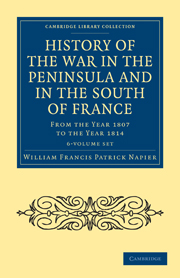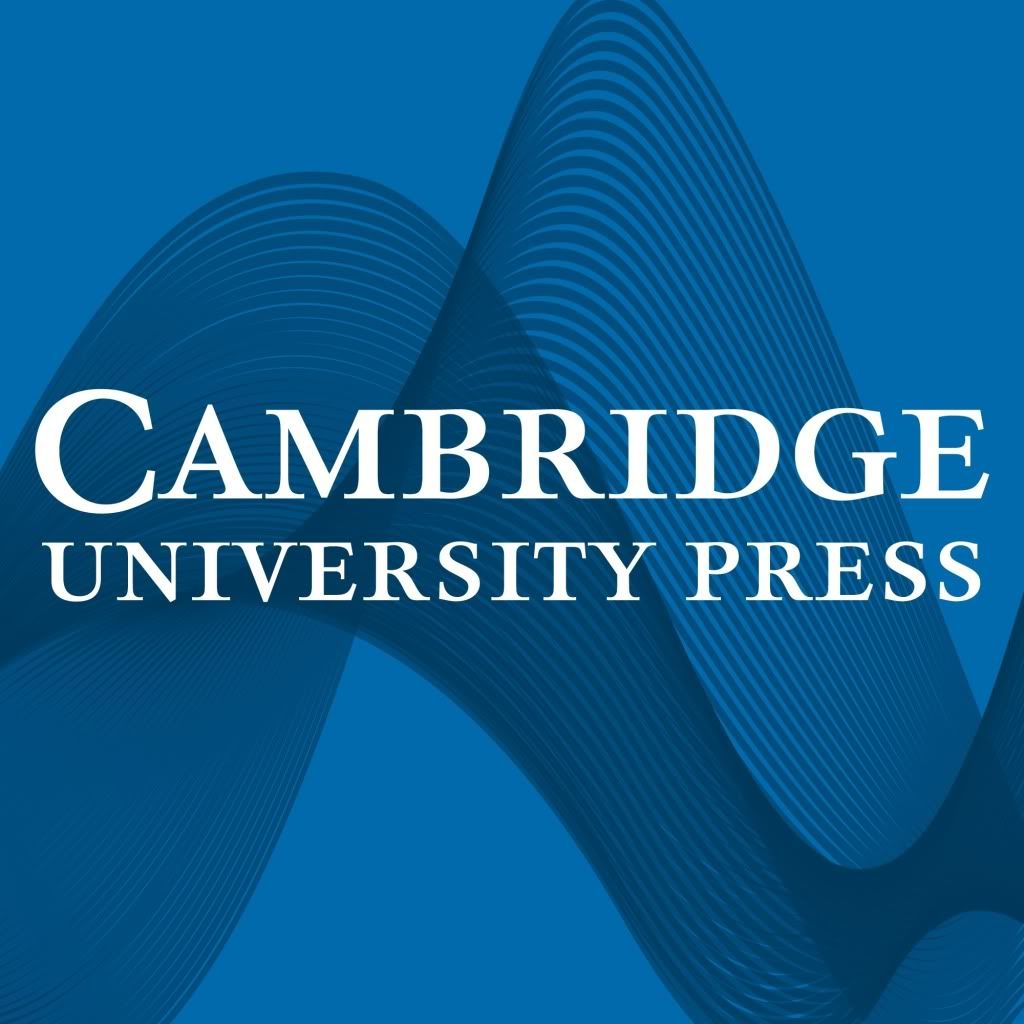 ‘A Committee is a group of the unfit, appointed by the unwilling to do the unnecessary’ (USA, author unknown, 1952). Before the age of universal cynicism, committees were often thought to be a good thing, and a great number of them were self-selected, to do things which they believed to be necessary, and for which they considered themselves supremely fitted. Take, for example, the London Greek Committee…
‘A Committee is a group of the unfit, appointed by the unwilling to do the unnecessary’ (USA, author unknown, 1952). Before the age of universal cynicism, committees were often thought to be a good thing, and a great number of them were self-selected, to do things which they believed to be necessary, and for which they considered themselves supremely fitted. Take, for example, the London Greek Committee…
In 1821, it was apparent to the thinking public in Britain that something needed to be done to assist the heroic Greeks in their efforts to throw off the centuries-old yoke of their Ottoman, un-Christian and cruel oppressors. (The [male] thinking public of course held a very Romantic view of the Greeks, based more on their classical education than on actual encounters.) However, the British government of the time professed strict neutrality on the topic.
When Lord Castlereagh died in 1822 and was replaced as Foreign Secretary by George Canning, who had a generally more liberal world-view than his predecessor, it became possible for public neutrality to shield private donations and organisations to promote the Greek cause, and the London Greek Committee was founded in March 1823.
The original movers were a pair of Benthamite liberals who had been supporters of the liberal regime in Spain until its collapse in 1823. Edward Blaquiere (1779–1832) was an Irishman of Huguenot origin who had fought in the navy during the Napoleonic wars, and whose first visit to Spain was encouraged by Jeremy Bentham. He met John Bowring (1792–1872) when preparing his work on the Spanish revolution, and introduced him to his mentor. Frustrated at the crushing of their hopes in Spain, both men turned their attention to Greece.
Bowring was appointed (appointed himself?) honorary secretary of the London Greek Committee, which met for the first time on 28 February 1823 at the Crown and Anchor on the Strand, in London (no longer there, alas!) which was also, since 1793, the meeting place of the Society of Civil Engineers (every other Friday when Parliament was sitting).
Lord Byron’s friend John Cam Hobhouse was a member, and a few days later, the chairman, William Smith, wrote to the celebrated poet, asking him to ‘allow your name to be added to the Committee’. During the next few months, over eighty members were recruited, including liberal politicians such as Henry Brougham, Francis Burdett and Lord John Russell, the historian Sir James Mackintosh, the economist David Ricardo and classicists such as E.H. Barker and John Lempriere.
Most meetings were attended by only a dozen members, and Bowring did most of the work, which consisted of both fund-raising and consciousness-raising on behalf of the Greeks. Blaquiere set off for Greece in March 1823, stopping to meet Lord Byron at Genoa. He returned in the autumn, full of enthusiasm for the new Greek government, and went on a tour of England, which raised funds to finance Byron’s expedition to Missolonghi. The driver for a military venture had been Thomas Gordon, a professional soldier, who offered to fund a third of the cost, and brought William Parry to the committee’s attention. But Gordon then withdrew, concerned that in-fighting among the Greeks meant that there was no longer an effective government with which to do business.
Lord Byron took on the leading role, travelling with Parry, George Finlay (later the historian of the revolution) and the egregious Edward Trelawny. He met up with Leicester Stanhope (a professional soldier who had been partly responsible for the expulsion of James Silk Buckingham from India), who had volunteered as the committee’s agent in Greece. At this point, everything that could possibly go wrong went wrong.
Quite apart from Lord Byron dying in April 1824,
Stanhope and Blaquiere quarrelled over the purposes to which the first of two ‘Greek loans’ should be put, and the money mostly vanished. A second loan was spent on a fleet of steamboats which Lord Cochrane (back from his triumphs in Peru and Chile) was supposed to command on behalf of the Greeks: this too came to nothing.
By 1826, investors in the loans were demanding their money back: William Cobbett complained of the numbers of people ‘cramming their fingers into this pie’, and even the utilitarian saint Jeremy Bentham came under attack. All the protagonists went into print with their version of how it had all gone wrong because of other people’s errors and misjudgments, and there seemed to be general agreement that actually dealing with the Greeks, as opposed to cheering on their aspirations from the sidelines, was a nightmare.
Poor William Parry was admitted to Hanwell Lunatic Asylum in 1841, and remained there until he died in 1859. (Trelawny unkindly remarked that ‘After three months’ service in Greece, he returned to England, talked the Greek committee out of £400, and drank himself into a madhouse.’) Stanhope became earl of Harrington and lived in relative obscurity until 1862. Blaquiere, still searching for liberal causes, died in a shipwreck off the Azores in 1832 while attempting to establish a constitutional monarchy in Portugal.
However, John Bowring had a remarkable later career. From a Dissenting merchant family, he went into various businesses himself, and had originally visited Spain for his wine entwerprise. His first venture into print was rather bizarre: in Russia, he met a man who gave him English and German prose translations of Russian poetry, which Bowring them re-versified in English and published as Specimens of the Russian Poets in 1820.
Alongside his Greek Committee activities and his various business interests, Bowring continued to produce translations of foreign verse: Dutch, Spanish, Polish, Serbian, Hungarian and Czech. Bentham made him political editor of the Westminster Review, but these activities could not offset the financial losses from his business, and for several years he and his family lived hand-to-mouth on the charity of friends. In 1830 he obtained a government post, and in 1837 entered Parliament briefly; in 1841 he was returned as member for Bolton, and supported liberal causes in the House, as well as leading fact-finding missions abroad.
After another financial meltdown, Bowring was offered the post of consul at Canton, and in 1853 was appointed governor of Hong Kong. He carried out a mission to the king of Siam (Thailand) which resulted in his most famous book, the two-volume Kingdom and People of Siam (1857). On retiring to Devon, he acted as a justice of the peace and campaigned for prison reform, dying in 1872.
Lord Byron’s name will always be associated with Greece, and of course the Byron legend grew in the years after his death, with books produced by almost everyone who knew him: we have just reissued the memoirs of his mistress Teresa Guiccioli and her brother Pietro Gamba. It is a shame that Blaquiere and Bowring, the driving forces behind the Committee, have both vanished into almost complete obscurity.
Caroline








Pingback: Was It Inevitable? | Cambridge Library Collection Blog
Pingback: Peace and Freedom | Cambridge Library Collection Blog
Pingback: A List of Book Published in 1815 | Cambridge Library Collection Blog